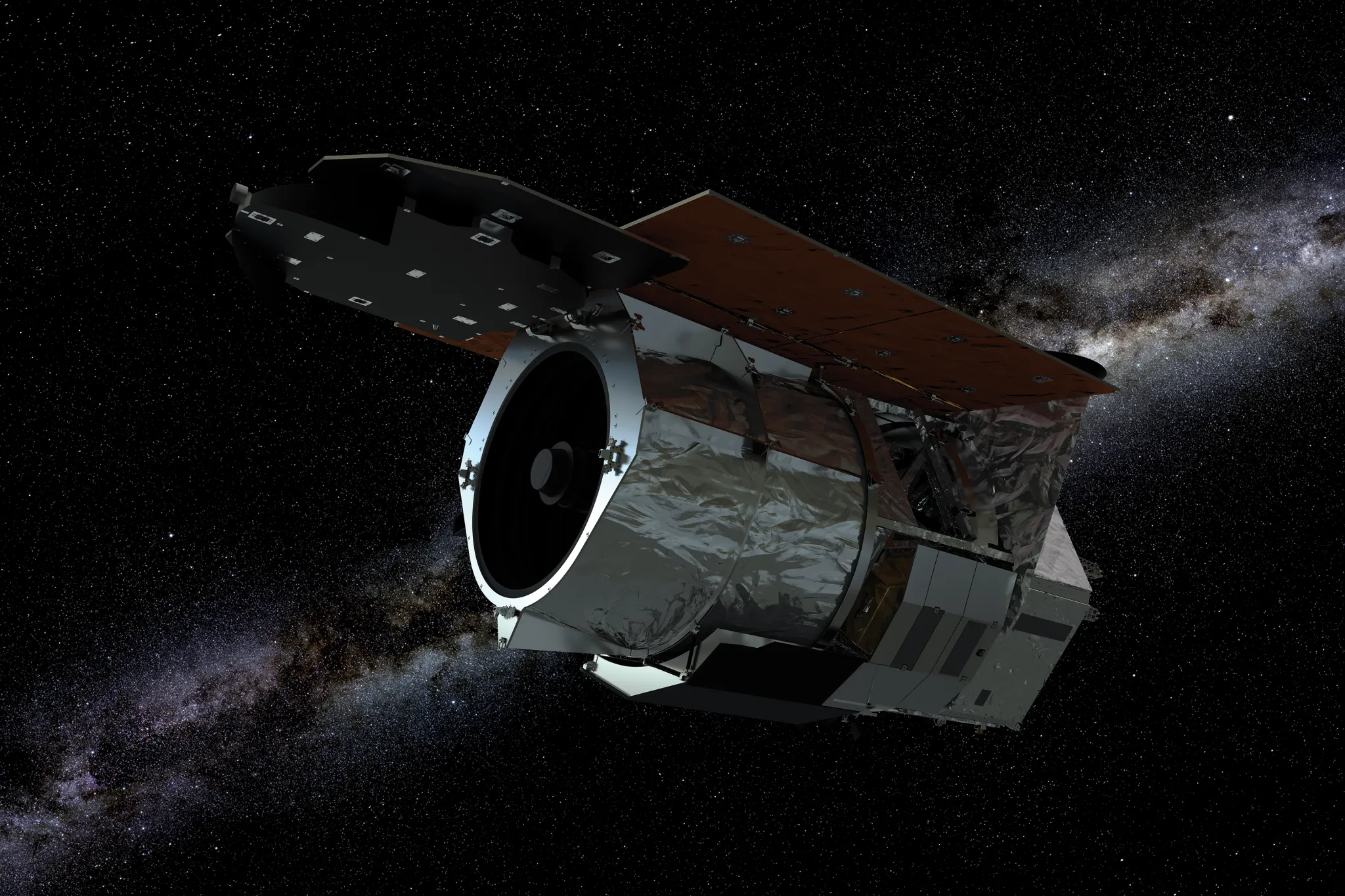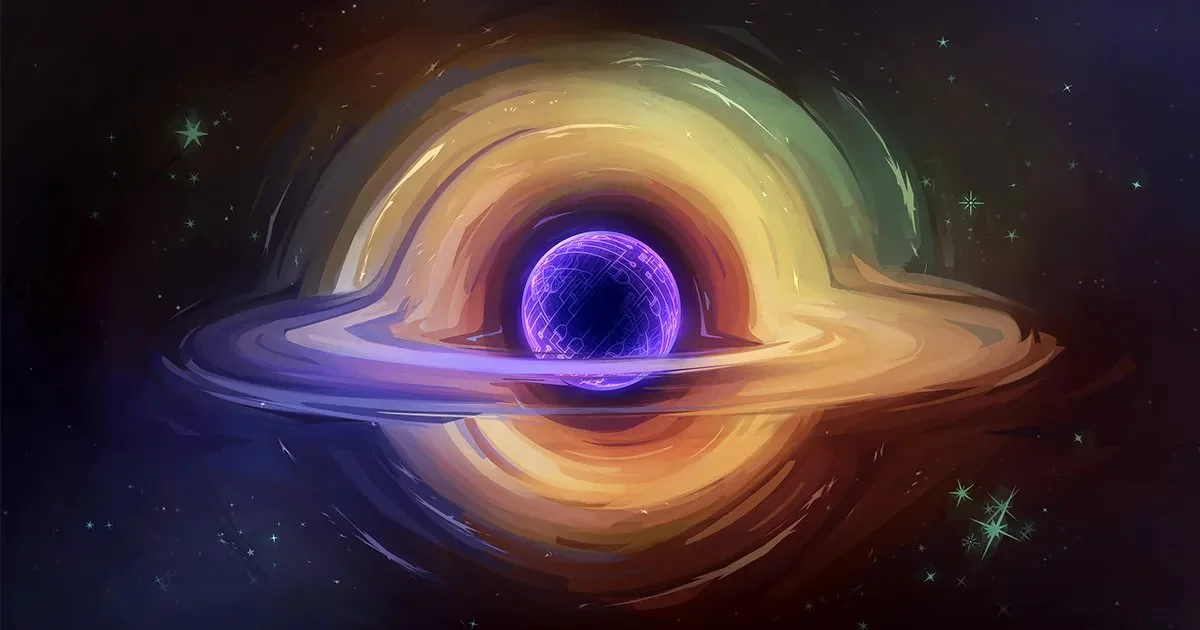Oh, don’t we all love an apocalypse, especially one that’s billions of years away? Let’s chat about the fascinating yet grim topic of the ‘Slow Death of The Dark Universe’.

You see, the universe isn’t as lively and eternal as we’d like to think. It’s an enigma, with dark matter and dark energy playing the lead roles in its potential demise. Have you ever wondered what our universe’s fate might be? Will it be a ‘Big Rip’, tearing everything apart or a ‘Heat Death’, leaving a cold, barren cosmic landscape?
Well, why not join this cosmic exploration and find out?
Key Takeaways
- Dark matter and dark energy, accounting for 95% of the universe, remain largely enigmatic despite their significant influence.
- Observations of supernovae offer crucial insights into dark energy’s role in accelerating the universe’s expansion.
- Gravitational effects of dark matter are key to understanding cosmic phenomena like galaxy spin and gravitational lensing.
- The Big Rip hypothesis, fueled by dark energy, suggests a potential cataclysmic end to the universe.
Understanding Dark Matter

Diving into the enigmatic depths of the cosmos, we find dark matter, an elusive entity that makes up a whopping 27% of our universe, yet stubbornly refuses to interact with light or be directly detected. It’s like a cosmic phantom, impacting everything around it without revealing its true face.
But don’t lose hope! Scientists are exploring simulations to unravel its secrets. They’re studying particle interactions, hoping to catch dark matter red-handed. Imagine each particle as a character in a cosmic drama, interacting, influencing, and being influenced.
It’s a complex cosmic ballet and dark matter is the prima ballerina, always center stage, yet hidden in the shadows. So put on your detective hat, it’s time to uncover the enigma that’s dark matter!
Gravitational Effects of Dark Matter

While you’re donning your detective hat to unravel the mystery of dark matter, don’t overlook its significant role in shaping the cosmos through gravity. Dark matter’s gravitational effects are the bread and butter of astrophysics, aiding in exploring gravitational anomalies and understanding particle interactions in space.
Consider this:
- Dark matter’s gravity pulls galaxies together, causing them to spin faster.
- It bends the path of light, creating a cosmic phenomenon known as gravitational lensing.
- It leaves signatures on cosmic microwave background radiation.
- It influences the formation and evolution of galaxy clusters.
Dark Energy: The Dominant Force

Comprising a whopping 68% of the universe, dark energy reigns supreme, pushing galaxies apart and speeding up the universe’s expansion. It’s the unseen heavyweight champ, responsible for accelerating expansion, one of the greatest cosmic mysteries. While you may not feel it, it’s constantly at work, counteracting gravity, and causing the universe to get bigger at an ever-increasing rate.
And yet, humans understand so little about it. Humans can’t see it, touch it, or bottle it. But humans perceive its effects, like a ghost moving objects in a room. This seemingly unstoppable force has scientists scratching their heads and furiously scribbling equations.
Observing Supernovae and Dark Energy

Despite the elusive nature of dark energy, we can catch glimpses of its impact through the study of distant supernovae. These cosmic explosions, brighter than entire galaxies, are crucial tools in our understanding of the universe’s energy distribution.
Supernova observations reveal energy output and distance, based on their brightness. These colossal events help us map the universe’s expansion rate. The unexpected dimness of distant supernovae hinted at dark energy’s existence, accelerating expansion. Studying these events aids in revealing the mysterious nature of dark energy.
The Big Rip Hypothesis Explained

Imagine a future where the very fabric of the universe stretches, tears, and ultimately rips apart, disrupting galaxies, stars, and even atoms in a cataclysmic scenario known as the Big Rip hypothesis. This rather terrifying concept is a result of cosmic expansion, fueled by dark energy.
It’s like a rubber band being pulled until it snaps, only on a universal scale. The accelerated expansion isn’t satisfied with just pushing galaxies apart. It gets personal, reaching down to rip apart every scrap of matter.
In this theory, the universe doesn’t go gentle into that good night. It’s quite the dramatic finale, with matter tearing asunder. Keep in mind, though, it’s still a hypothesis and, like all good mysteries, the end is uncertain.
Potential Consequences of the Big Rip

So, if the Big Rip hypothesis holds true, what does that mean for the universe and everything within it? Well, imagine a cosmic destruction on an unimaginable scale:
- Stars and planets, torn apart like paper in a storm.
- Galaxies, once colossal and majestic, subjected to galactic disintegration.
- Even atoms, the fundamental building blocks of matter, ripped to shreds.
- The universe, as we understand it, ceases to exist.
It’s a chilling, yet fascinating concept. It’s like watching the finale of a grand cosmic opera, where everything ends not with a bang, but with a rip. But remember, it’s still a hypothesis. So, while it’s fun to contemplate such a dramatic end, don’t start saying your goodbyes to the universe just yet!
Concept of Heat Death Hypothesis

Now, let’s explore the concept of the Heat Death hypothesis, a chilling forecast that paints the universe’s future as a cold, dark, and lifeless domain. This hypothesis suggests a future where the universe reaches a state of cosmic equilibrium, a perfect balance where all energy is evenly distributed.
It’s here that entropy implications come into play. Entropy, which you can think of as disorder, will have reached its maximum level. Everything will be so spread out, and energy so evenly dispersed, that no more work can be done. It’s the ultimate cosmic chill out, but not in a good way.
The Universe’s Thermodynamic Equilibrium

Building on the chilling forecast of the Heat Death hypothesis, let’s unpack what it really means for the universe to reach a state of thermodynamic equilibrium. In layman’s terms, it’s the point where everything evens out.
Imagine this:
- A uniformly cold cosmos, devoid of heat variation.
- A silent universe, with no energy differentials to fuel processes.
- Entropy dynamics reaching a maximum, with no room for further change.
- Equilibrium implications: no work can happen, basically a cosmic standstill.
In this absolute equilibrium, there’s no forward, no backward, just an eternal now. It’s a sobering thought, isn’t it? But remember, this is still a hypothesis. The universe might’ve a few more tricks up its sleeves.
What Density Reveals About the Universe

Peering into the heart of cosmic density can offer us fascinating insights into the ultimate fate of our universe. Density implications aren’t just about numbers – they’re the foundation of cosmic evolution.
You see, if the universe’s density is higher than a critical threshold, gravity could eventually halt its expansion and cause a contraction, a scenario known as the ‘Big Crunch’. On the flip side, if the density is too low, the universe will continue to expand indefinitely, resulting in a ‘Big Freeze’.
Expansion implications also reveal that the universe’s fate isn’t just about space, but time as well. So, as you ponder the universe, remember: density isn’t just about mass, it’s about our cosmic destiny.
Predicting the Universe’s Ultimate Fate

Unraveling the secrets of dark matter and dark energy might just hold the key to predicting the ultimate fate of our universe. As you journey down the cosmic timeline, you’ll encounter various scenarios:
- A ‘Big Crunch’, where gravity might pull everything back into a singularity
- The ‘Big Rip’, where dark energy could rip everything apart
- The ‘Heat Death’, where maximum entropy could result in a static universe
- Or the ‘Big Freeze’, where the universe continues expanding into oblivion.
These cosmic evolution theories are as mesmerizing as they’re terrifying. While the future is uncertain, current observations hint towards an ever-expanding universe. But don’t lose sleep just yet. After all, we’re talking about events billions of years from now.
Conclusion
So, will our universe end in a dramatic Big Rip or face a slow, chilling Heat Death? Only time and space will tell.
Imagine looking up at the night sky billions of years from now, witnessing galaxies drifting away, as a proof of dark energy’s eerie influence.
The curtain may be falling on our cosmic theatre, but the final act is far from written. Stay curious, as the dark universe continues to unravel its tantalizing, cosmic secrets.